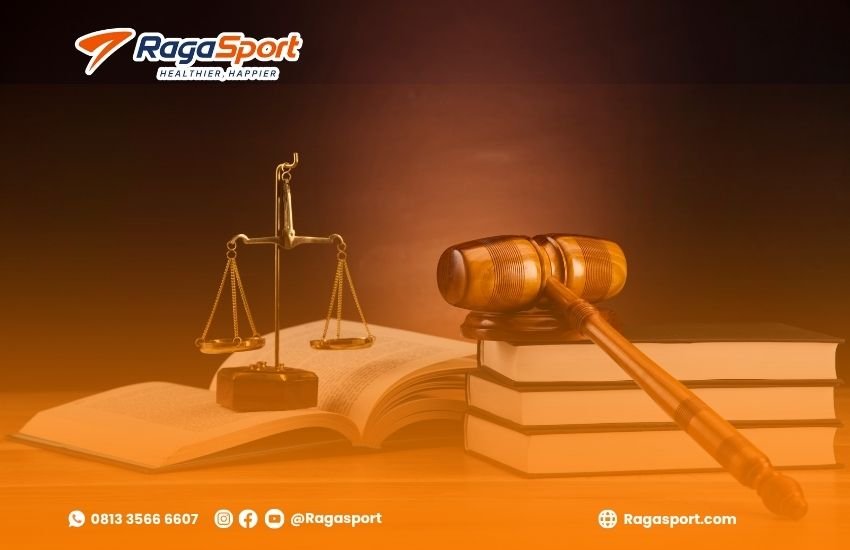Pickleball Court Build Cost: Factors That Influence Price
Pickleball Court Build Cost explained: discover all factors that influence pricing, from surface types to lighting and accessories, so you can plan your court project wisely. Whether you’re building a court for personal use, a residential complex, or a sports facility, understanding the pickleball court build cost is essential before making any commitments.
While prices vary significantly based on location, size, and design preferences, this guide explains all the key factors that influence the total cost—from base preparation to the final line markings.
Table of Contents
1. Court Size and Design Specifications
A regulation pickleball court measures 20 feet by 44 feet for the playing area, but builders typically recommend a minimum of 30 feet by 60 feet to include buffer zones for safe movement. If you plan to build multiple courts or a convertible multi-sport court, your cost will scale accordingly.
Customizations—like shaded seating areas, court logos, or unique color schemes—can also drive up the total budget.
2. Site Conditions and Ground Preparation
No two sites are exactly alike, and the condition of your land will affect how much prep work is needed before the surface can be installed.
Key factors include:
- Land clearing and leveling
- Soil compaction and grading
- Drainage system installation (if required)
- Excavation for base layers
In Indonesia, site preparation costs typically range between IDR 15 million to 50 million, depending on terrain and access for heavy equipment.
3. Surface Materials: Your Largest Investment
The surface you choose not only defines playability and longevity—it’s also one of the most significant cost drivers.
Common pickleball court surfaces:
- Acrylic over concrete: Durable, low-maintenance, professional feel (IDR 80–150 million)
- Modular tiles: Quick install, colorful, portable, good for uneven ground (IDR 100–170 million)
- Asphalt with acrylic coating: More affordable but requires periodic resurfacing (IDR 70–120 million)
Your selection should consider climate conditions, usage frequency, and aesthetic preferences.
4. Court Accessories and Equipment
Beyond the court surface, a complete pickleball setup includes several essential accessories:
- Nets and posts: IDR 10–25 million
- Court striping: IDR 5–10 million
- Fencing or ball containment: IDR 15–40 million depending on material and height
- Benches, shading, water stations: Optional add-ons that improve user experience
These extras may seem minor but can contribute significantly to the final cost—especially for commercial or public courts.
5. Lighting for Evening Play
If you want to play after dark, you’ll need proper lighting. This involves:
- LED floodlights, mounted on poles
- Electrical wiring and installation
- Switches and timers for energy efficiency
A good lighting setup can add IDR 15–30 million to your total cost but greatly extends court usability.
6. Permits and Legal Considerations\

While often overlooked, administrative costs can also affect your pickleball court build cost. Depending on where you’re building, you may need:
- Zoning permits
- HOA approvals (for residential areas)
- Noise compliance checks (especially if lighting is included)
- Environmental impact assessments (in certain regions)
Professional contractors often handle these processes, but permit fees and paperwork timeframes should be included in your planning.
7. Labor and Contractor Selection
Hiring a skilled contractor ensures your court is built to last and meets official specifications. Costs can vary depending on experience, company scale, and location.
Choose a contractor who:
- Specializes in sports construction
- Has a portfolio of completed pickleball courts
- Offers a clear breakdown of labor, materials, and schedule
- Provides warranty and post-installation support
While experienced builders may charge more upfront, they often save you from costly repairs down the road.
8. Customization and Branding Options
For commercial projects, branding elements such as logos, custom colors, sponsor banners, and digital scoreboards can add prestige—but also cost.
Custom designs may increase total expenses by IDR 10–50 million depending on the level of detail and materials used.
9. Maintenance and Long-Term Costs
Don’t forget to factor in post-construction expenses. Even high-quality courts need periodic care:
- Acrylic resurfacing every 5–7 years
- Tile replacement (for modular courts) when damaged
- Cleaning and line repainting
- Lighting maintenance
These aren’t upfront costs, but budgeting for future upkeep is smart planning.
10. Total Cost Estimate Summary
| Component | Estimated Cost (IDR) |
|---|---|
| Site Preparation | 15–50 million |
| Surface Installation | 70–170 million |
| Net & Posts | 10–25 million |
| Striping & Paint | 5–10 million |
| Lighting (Optional) | 15–30 million |
| Fencing (Optional) | 15–40 million |
| Accessories & Seating | 5–20 million |
| Total Estimate | 150–300+ million |
This budget gives you flexibility to start simple or go all-in on a premium, long-lasting pickleball court.
Final Thought
Building a pickleball court is a smart investment in health, community, and real estate value. By understanding each cost factor clearly, you can plan your budget and avoid surprises. Whether it’s a backyard setup or a commercial facility, proper planning and the right partner make all the difference.

Ready to Build the Perfect Pickleball Court?
Let Raga Sport turn your vision into reality with expert construction, top-quality materials, and a field that meets every standard.
👉 Explore our projects at ragasport.com
📲 Chat with our team now via WhatsApp: Click Here

